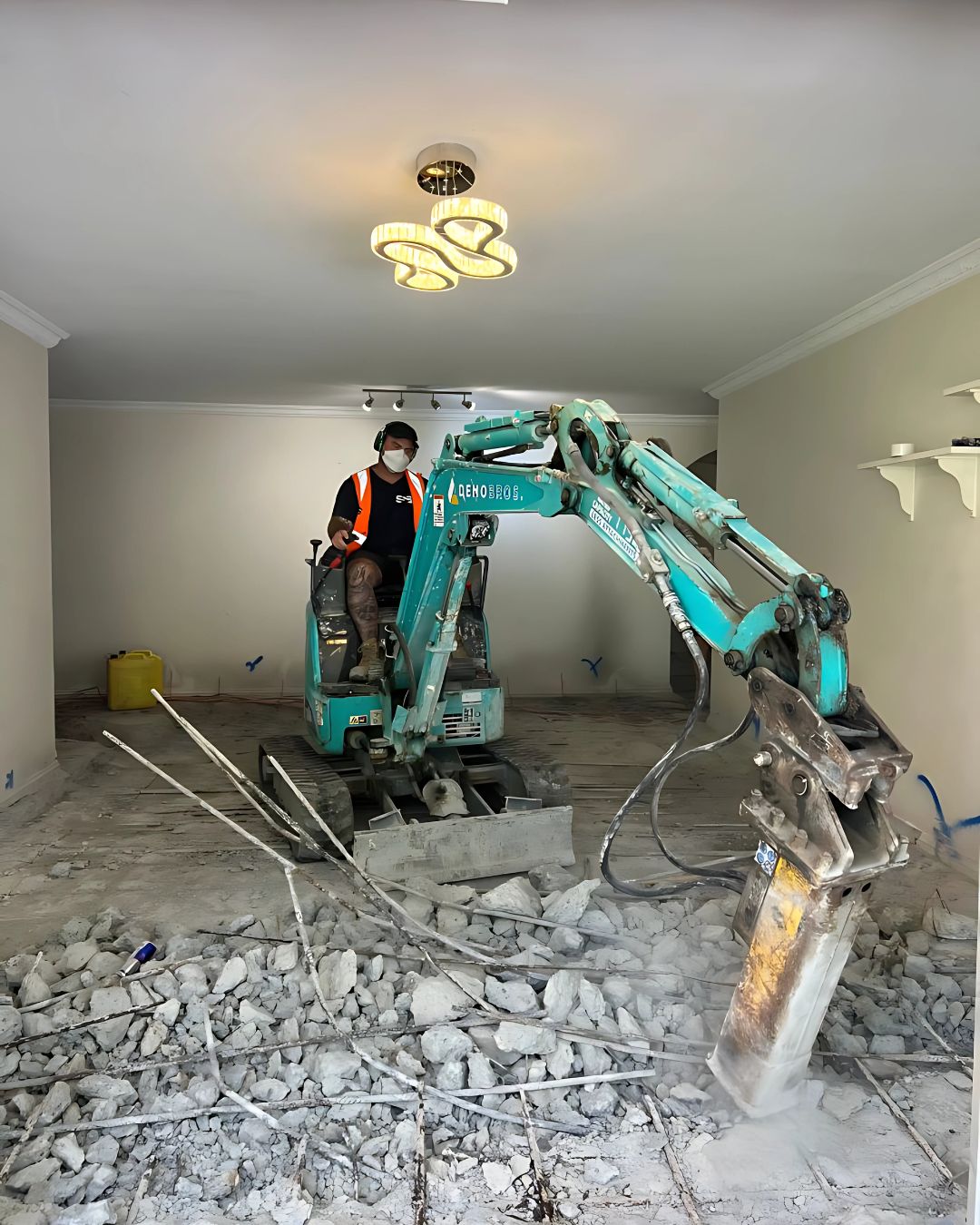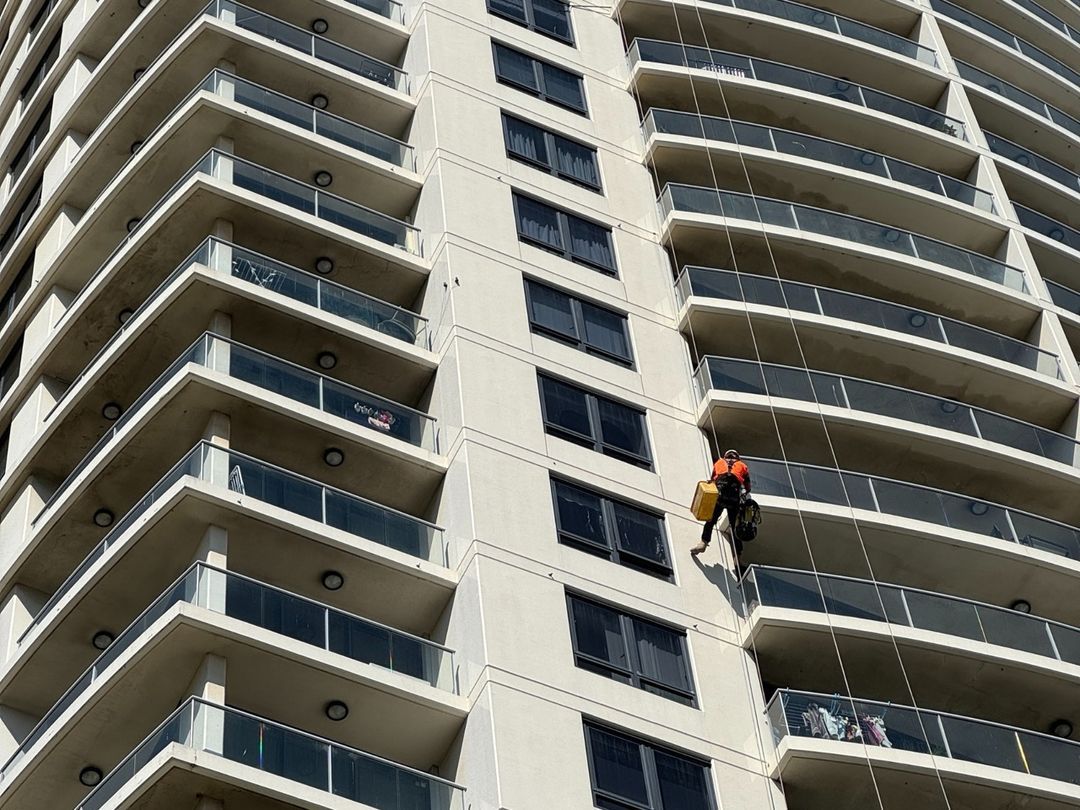Facade Remediation and Upgrades
What Happens When Facades Fail?
When a façade begins to deteriorate, the risks extend far beyond appearance. Failure affects safety, compliance, future finances, and the building’s reputation.
Fix Facades the Smart Way – Our Approach
At Atomic Projects, we don’t apply quick fixes — we deliver lasting solutions that restore strength, compliance, and appearance.
Frequently Asked Questions
What do façade remediation works involve?
Typical works include:
• Crack repairs, render reinstatement, and sealant replacement.
• Structural tie installations for stability.
• Cladding replacement for compliance.
• Brickwork, concrete, and waterproofing upgrades.
Every building is different, which is why remediation is often integrated with Brickwork Repairs and Concrete Repairs.
How long does façade remediation take?
Timeframes vary by scale:
• Minor patching: 2–4 weeks.
• Mid-scale façade zones: 2–3 months.
• Full building remediation: 6–12 months+
We stage works with scaffold or swing stage access, and planning starts with a Building Investigation.
How much does façade remediation cost in Sydney?
Costs depend on scope, size, and access:
• Localised repairs: $50k–$200k.
• Mid-scale projects: $300k–$800k.
• Large high-rise or complex façades: $1m–$5m+.
We provide transparent scopes, in line with Defect Rectification.
What is the impact on residents and tenants?
Façade works involve scaffold, swing stages, and access platforms. To minimise impact, we use:
• Dust suppression and protective sheeting
• Clear staging and work zones
• Resident notifications and daily reporting
See examples of how we’ve managed live buildings in our Projects.
What warranties are provided?
All façade works come with:
• Workmanship warranties
• Manufacturer warranties on systems (e.g. renders, cladding, waterproofing)
• Compliance with NCC, DBP Act, and fire safety codes
This aligns with our Defect Rectification commitments.
What causes façade failures?
Common causes include:
• Ageing render and brickwork
• Water ingress and poor waterproofing
• Movement in high-rise structures
• Defective or combustible cladding
Often, problems link directly to Waterproofing Remediation or Concrete Repairs.
Do you remediate heritage façades as well as modern ones?
Yes — we stabilise Heritage Façades with traditional methods and restore modern buildings with engineered systems. Each façade is treated uniquely to respect its design and compliance needs.
Who should I contact for façade remediation in Sydney?
Contact Atomic Projects - Sydney’s facade remediation specialists.
📞 0410 515 509 | ✉️ hello@atomicprojects.com.au
Or explore related services: Cladding Replacement, Brickwork Repairs, Waterproofing Remediation.

.png)




.jpg)




.png)


